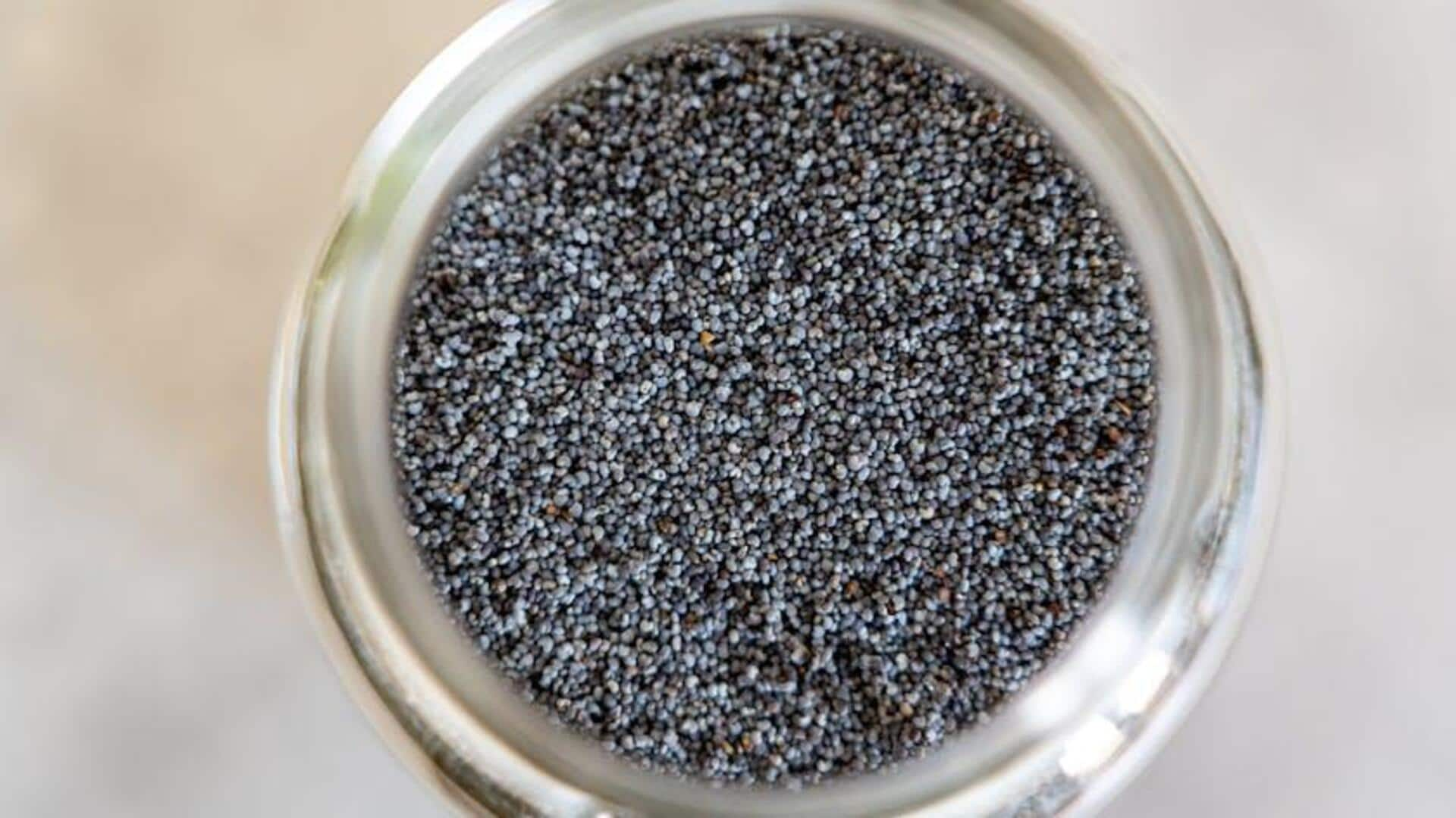
Chia v/s flaxseeds: Comparing their nutrition
What's the story
Chia and flaxseeds are often pitted against each other for their nutritional benefits, both being rich sources of essential nutrients. This article compares their nutritional profiles, focusing on fiber content, omega-3 fatty acids, protein levels, and other nutrients. We hope to bring out the differences and similarities between these seeds, making for a clear comparison for health-conscious diets.
Fiber
Fiber content analysis
We all know chia seeds are packed with fiber. In fact, 34% of chia seeds' weight is made up of fiber. Therefore, they make a great choice for anyone wanting to boost their daily dietary fiber intake. Flaxseeds have a lot of fiber too, but slightly less than chia seeds at around 28%. Both seeds can help with digestion and keep you full when added to meals.
Omega-3s
Omega-3 fatty acids comparison
Omega-3 fatty acids are important for heart health and decreasing inflammation. Chia seeds are made up of roughly 17% omega-3 fatty acids by weight, mostly in the form of alpha-linolenic acid (ALA). Flaxseeds have an even higher concentration—around 23%—also mostly ALA. Having either of the seeds in your diet can boost your omega-3 intake.
Protein
Protein levels examined
Protein is essential for repairing and building muscles. Chia seeds provide about 16% protein by weight while flaxseeds give a little more at 18%. Neither seeds qualify as complete protein sources because they are deficient in certain amino acids, but they can still be great additions to a balanced diet when teamed with other protein-rich foods.
Nutrients
Other nutrients explored
Both chia and flaxseeds are rich in vitamins and minerals such as calcium, magnesium, phosphorus, and manganese. Chia seeds are richer in calcium than flaxseeds, which may contribute to better bone health. Meanwhile, flaxseeds are richer in lignans—plant compounds that may have antioxidant properties—compared to chia seeds.